Rising E-commerce Sales
The rise of e-commerce is transforming the Camping Furniture Market by providing consumers with greater access to a wide range of products. Online shopping platforms have made it easier for consumers to compare prices, read reviews, and purchase camping furniture from the comfort of their homes. Recent statistics show that online sales of camping gear, including furniture, have increased by around 30 percent in the past year. This trend indicates that manufacturers and retailers who establish a strong online presence may benefit from increased visibility and sales. Furthermore, the convenience of home delivery and the ability to reach a broader audience are likely to drive growth in the Camping Furniture Market, as more consumers turn to online shopping for their outdoor needs.
Growing Popularity of Glamping
The trend of glamping, or glamorous camping, is significantly influencing the Camping Furniture Market. As more individuals seek luxurious outdoor experiences, there is a growing demand for high-quality, stylish camping furniture that combines comfort with aesthetics. This shift towards glamping has led to an increase in the variety of camping furniture available, including upscale chairs, tables, and sleeping arrangements. Market data indicates that the glamping segment is expected to grow by approximately 25 percent over the next few years. This trend suggests that manufacturers who cater to this niche market may find lucrative opportunities within the Camping Furniture Market, as consumers are willing to invest in premium products that enhance their outdoor experience.
Technological Advancements in Design
Technological advancements are playing a pivotal role in shaping the Camping Furniture Market. Innovations in materials and design have led to the development of lightweight, durable, and multifunctional camping furniture. For example, advancements in fabric technology have resulted in water-resistant and UV-protective materials, enhancing the usability of camping furniture in various weather conditions. Additionally, the integration of smart technology, such as built-in charging ports and adjustable features, is becoming increasingly popular among consumers. Market analysis indicates that the demand for technologically advanced camping furniture is on the rise, with a projected growth rate of 10 percent annually. This trend suggests that manufacturers who invest in research and development may gain a competitive edge in the Camping Furniture Market.
Sustainability and Eco-friendly Products
Sustainability has emerged as a critical driver in the Camping Furniture Market. Consumers are increasingly aware of environmental issues and are seeking eco-friendly products that align with their values. This shift in consumer behavior has prompted manufacturers to explore sustainable materials and production methods. For instance, the use of recycled materials in camping furniture has gained traction, appealing to environmentally conscious consumers. Market data suggests that the demand for sustainable camping products has grown by approximately 15 percent in recent years. This trend indicates a potential for growth in the Camping Furniture Market as brands that prioritize sustainability may capture a larger share of the market, appealing to a demographic that values eco-friendly practices.
Increased Outdoor Activities Participation
The Camping Furniture Market appears to be experiencing a surge in demand due to the rising participation in outdoor activities. As more individuals and families engage in camping, hiking, and other recreational pursuits, the need for comfortable and portable furniture becomes paramount. Recent data indicates that outdoor recreation participation has increased by approximately 20 percent over the past few years. This trend suggests that consumers are seeking durable and lightweight camping furniture that enhances their outdoor experience. Consequently, manufacturers are focusing on developing innovative products that cater to this growing market segment. The Camping Furniture Market is likely to benefit from this trend as more people prioritize outdoor leisure activities, leading to increased sales and product diversification.


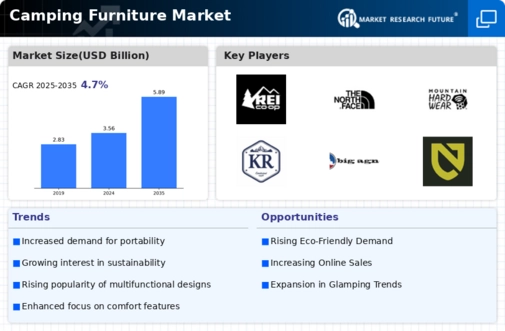

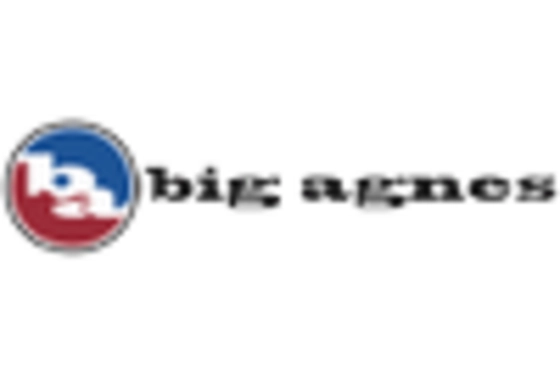
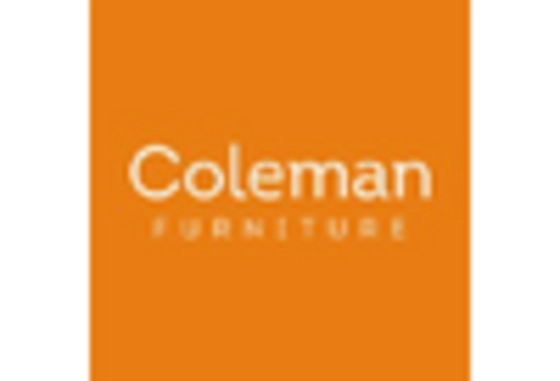
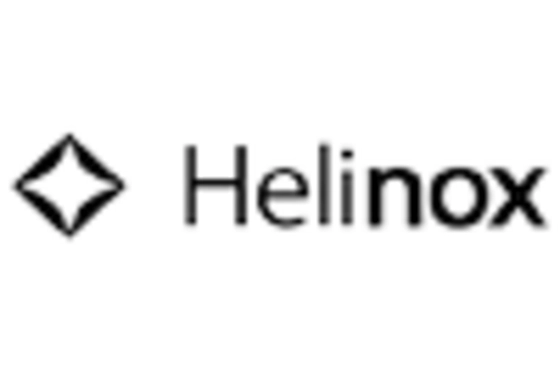
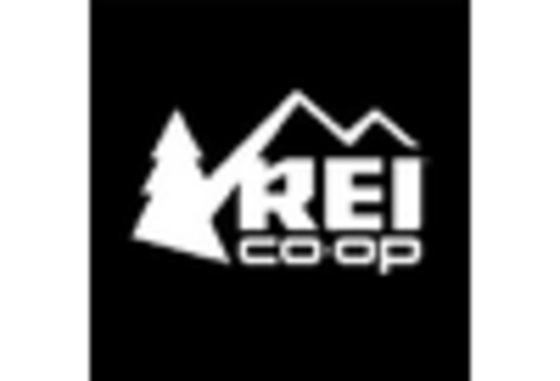
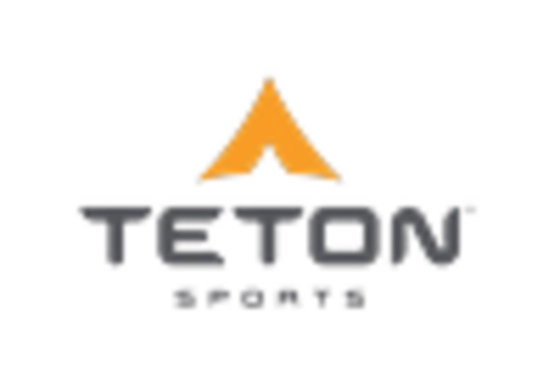








Leave a Comment